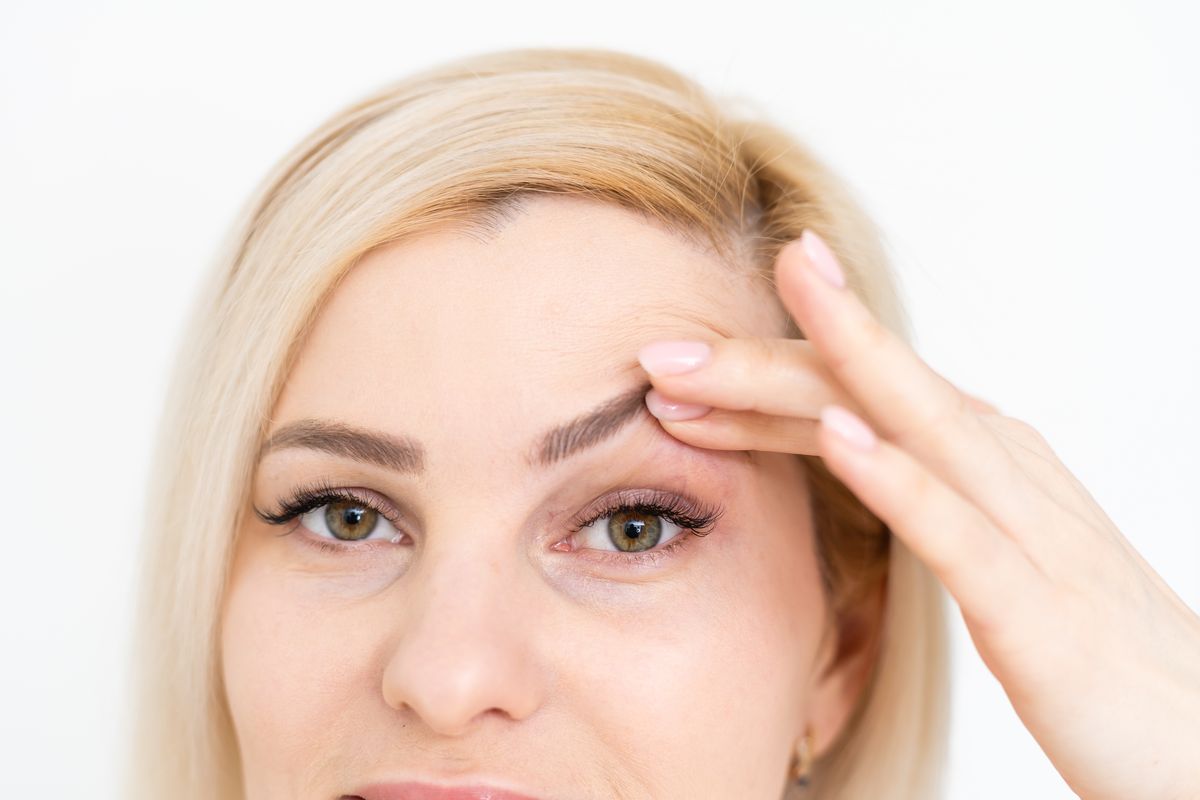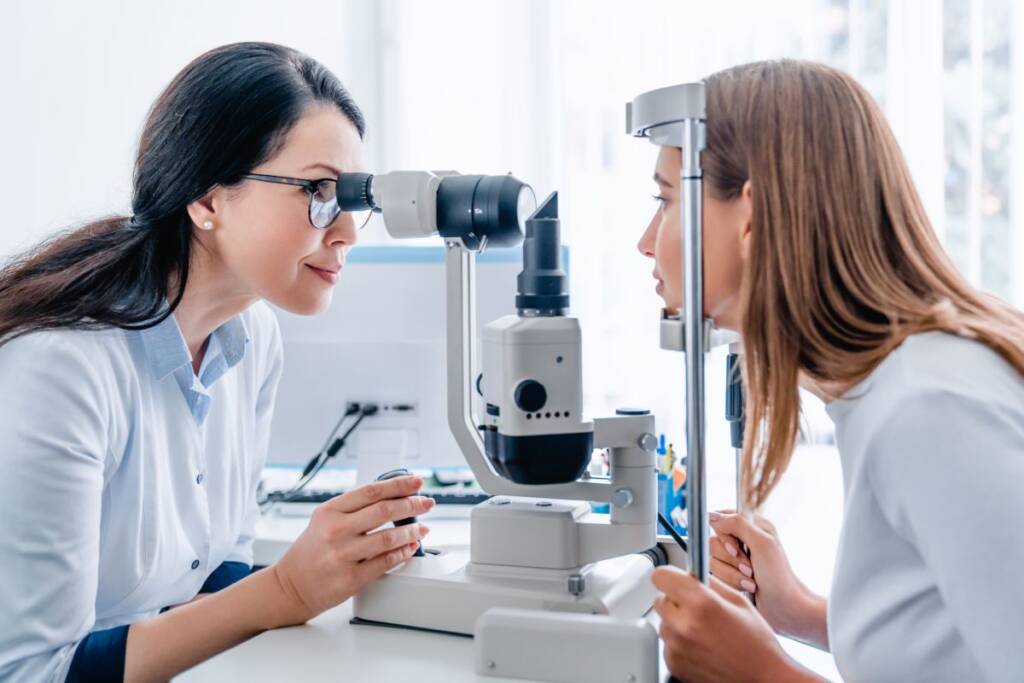Beauty
Droopy eyelids: Is there only surgery to fix eyelid ptosis?

Droopy eyelids afflict quite a few people. Let's see what the causes are and, above all, the surgical and non-surgical treatments.
Problem that afflicts many people, even children, drooping eyelids can have different causes and generate more or less important annoyances. Let's see if there are decisive surgical remedies and, above all, if there are equally effective solutions that avoid ending up in the operating room.
Drooping eyelids: causes and symptoms
In technical jargon eyelid ptosis , drooping eyelids represent a common problem, which can be present from birth or acquired over time. In essence, it involves the partial or complete drooping of the eyelids, upper or lower. As you may have easily guessed, the first symptom is easily visible: one or both eyelids are drooping. It should be emphasized that the appearance of the eyelid can change on alternate periods, gradually or remain the same over time. On top of that, some people have an obvious problem, while others barely notice it.
In the most striking cases, the eyelid covers part of the eye, the pupil and the iris, preventing normal vision and greatly reducing the visual field. In addition, other disorders may arise, such as: pain in the affected area, difficulty in opening and closing the eyes, tired eyesight, headache and stiff neck. In any case, as soon as you notice something different in the appearance of your gaze, it is advisable to seek medical advice. Sometimes, in fact, eyelid ptosis could be the alarm bell of serious pathologies related to the brain or nerves.

As far as the causes are concerned, when droopy eyelids are congenital it means that the muscles responsible for lifting or closing the eyelid have not developed properly. When the problem arises later, however, it could be the fault of old age, certain diseases (such as eye tumors or systemic diseases), injuries, errors during eye surgery, the use of opioid drugs or drug abuse.
Drooping eyelids: surgical and non-surgical remedies
Generally, eyelid ptosis is easily diagnosed when it affects only one eye , but becomes more difficult when both are affected. It will be the ophthalmologist, after a careful visit, who will be able to confirm or not the presence of the problem. When the disorder isn't serious, meaning it doesn't cause vision problems or other symptoms, treatment involves nonsurgical procedures.
Eye exercises to strengthen the muscles or the use of glasses or contact lenses are effective to support the affected area. In the most delicate cases, however, the specialist will recommend surgery.
Riproduzione riservata © - WT











